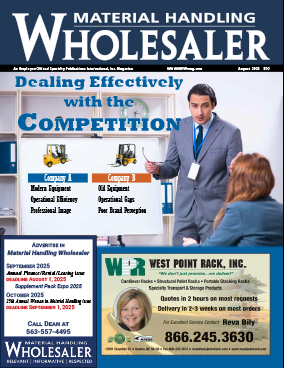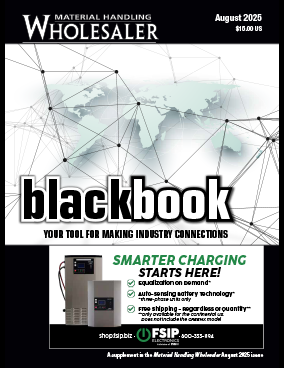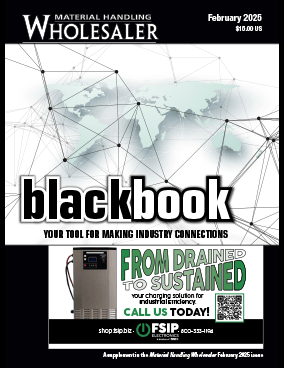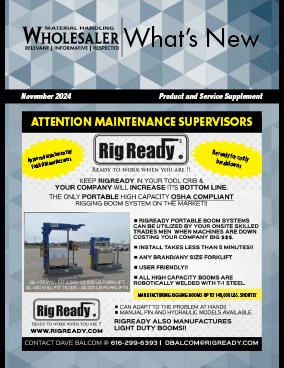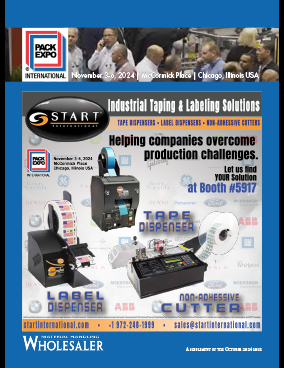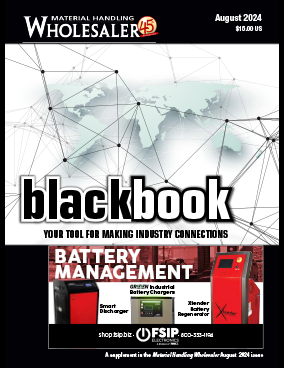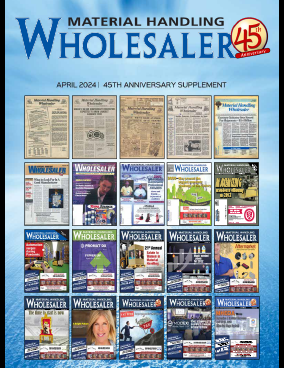Have you noticed that price is not the major topic of discussion when it comes to customer expectations? You see, the reality about price is that the customer expects the right price, which does not automatically mean the lowest price. A key skill you must acquire to become top sales performer is the ability to explain and sell value. What is the difference between “price and cost?” The point is that competitive advantage is not about price; it’s about value. So what are the products’ value propositions? This is not just the features and benefits. It’s about what value the features and benefits actually provide for the customer. What are your company’s value propositions? What are your personal value propositions? Why should the customer do business with you; with your company?
Price is not the same as cost
Many factors related to the transaction between the supplier and the customer relate to cost. These factors can often increase or decrease the total cost of doing business with your company. In fact, these factors are capable of turning a low price into a high cost, including such things as:
- Quality defects
- Partial shipments
- Availability
- Packaging issues
- Shorter life cycle
- Higher repair costs
- Limited warranty
- The difficulty of doing business with you
These are just a few examples. Try brainstorming with your peers as a group. You’ll be surprised at the number of factors that affect cost, making the low price the high cost. Understanding this is a basic principle of margin management.
Ultimately to create margin improvement, your entire sales team must have good judgment of market potential as it relates to margin improvement. They must be self-disciplined and make intelligent decisions based on fact. Each territory manager must develop his own plan for profit improvement and be flexible on the implementation of that plan. They must be action oriented and customer driven and yet be extremely conscious of profitability objectives.
Pricing/profit — strategy
So, what is a pricing/profit strategy? What is involved? A pricing strategy is nothing more than determining how you are going to price your product in the marketplace to maximize profitability. That sounds pretty simple. The complexity of the issue comes into play when you start looking at all the factors that may play a role in determining your strategy. Those factors start with knowing your competition. There is a common belief that “market price is set by the dumbest competitor.” Knowing your competition and what their objectives are plays a key role in determining your pricing strategy.
- What is their market share?
- What is your market share?
- What are your competitive advantages?
- How would they describe their competitive advantages?
Answering these questions will give you insight into building your pricing strategy and determining the components of your strategy and how they will be used. Remember – Profit is not a dirty word.
Sensitivity pricing
All products and business segments are price sensitive to some degree, and this sensitivity is higher for some products than for others. Pricing on high sensitivity products or segments must be managed much more closely than those that are less sensitive. You cannot afford to be considered the high-priced source on these types of items. On the other hand, your customers may be much less price sensitive on many peripheral products. It would be advantageous if you classified products and segments according to price sensitivity. The high-price sensitive items are naturally going to produce lower margins. Therefore, to offset the impact, distributors must take advantage of the profit impact of increasing prices for less sensitive items.
Unprofitable customers
It is a good idea to analyze your customer base each year to determine where you are making money and where your expenses exceed the profit you generate independently on each account. As a distributor, you have limited resources available to service your customer base. Inventory management is critical, cash flow management is critical, cost containment is critical and a definitive pricing strategy can be your “edge” in creating competitive advantage.
If your organization is not skilled in activity based cost analysis you might try to determine your most profitable customers using a simpler approach. This approach uses basic calculations to give you some sense of where your money comes from and where it goes.
Most of your cash is tied up in inventory and accounts receivable. Consequently, you need to be disciplined enough to ration your cash investments to only those customers who provide a return.
The following steps describe a simple calculation that can provide answers without using an all- out activity based cost analysis:
1. Determine the average cost of processing an order in your business. What is your cost to process an order, pack it, ship it, and collect payment? Each of these stages has internal costs that you assume are covered in your pricing matrix schemes. For most distributors, the cost to process one order completely is between $30 – $100 per order.
2. Determine key figures for each customer.
– Total sales
– Total cost of goods sold (COGS)
– Gross margin dollars (item 1 minus item 2)
– Number of orders processed per period
- Multiply the number of orders by your estimated cost to process an order. You can use the specific number you calculated in the first step above, or an average provided by your industry association. This cost can change drastically based on the type of product sold and the services provided with each order. However, the $50 range would be a good place to start.
- Determine the net profit for each customer. Now that you have multiplied the number of orders by the per-order cost, subtract that cost from the gross-margin dollar figure. Do this for each customer. The result will be either a positive or negative number.
- List the results. List your customers in descending order, from the largest contributor of net profit to the lowest contributor (you will hit the negative numbers quicker than you might imagine).
Not surprisingly, the Paretto Rule often applies here also. You may get to zero and negative contribution after about 20% of your customers have been analyzed. It is this remaining 80% that have some negative impact on your bottom-line profits. Eliminating 80% of your customers based on this exercise is not realistic. However, you certainly might want to analyze how you are doing business with them. Look at all the customers with a negative net profit and determine what their rules of engagement are and what changes can be made to improve profitability.
Dr. Rick Johnson is the founder of CEO Strategist and a veteran of the wholesale distribution industry with more than 30 years of executive management experience. Sign up to receive “The Howl” a free monthly newsletter that addresses real world industry issues. – Straight talk about today’s issues. E-mail editorial@mhwmag.com to learn more or to arrange to have him speak at your next event.





